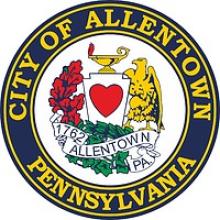Allentown, Pennsylvania Proposes Using Rescue Plan Funds for Muni Fiber Network
Once a booming center of manufacturing, Allentown, PA (pop. 120,900) is looking to reinvigorate its economy by reinventing itself as a modern 21st century “smart city,” bringing fiber-to-the-home Internet connectivity to every resident in the city.
In October, the city proposed using $7 million of its $57 million in American Rescue Act Funds to aid in the deployment of a citywide FTTH network. City leaders hope the investment will help them reach the goal outlined in its strategic economic development plan to become a smart city by 2030.
The city will work with Iota Communications to conduct a feasibility study they hope will be complete in the coming months. While the possibility of a FTTH network is in the early stages for the city, the proposal signals a serious ambition to bridge the digital divide in the region.
Feeling The Way Forward
Allentown is one of three cities that make up a larger geographic area known as Lehigh Valley, with the other cities being Easton (pop. 27,000) and Bethlehem (pop. 75,500). For a while now, leaders in the valley have been talking about the digital divide and it’s been made clear with the pandemic that it can no longer be put on the backburner.
Pennsylvania lawmakers passed a law 2019 clearing the way for municipalities to have more of a say in how 5G is deployed in their communities. And while many local officials say the new law will help pave the way for Allentown to stay ahead of the curve, some have cautioned that a focus on 5G is a major distraction.



